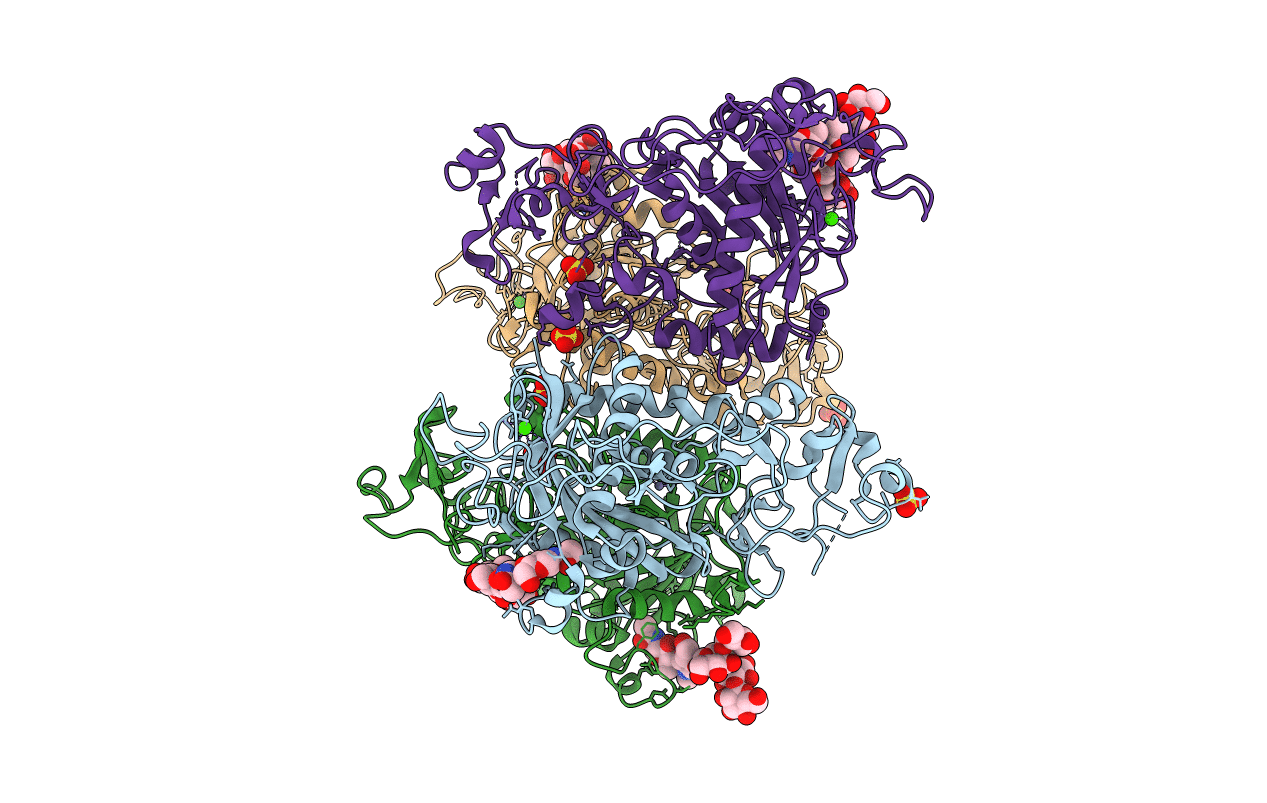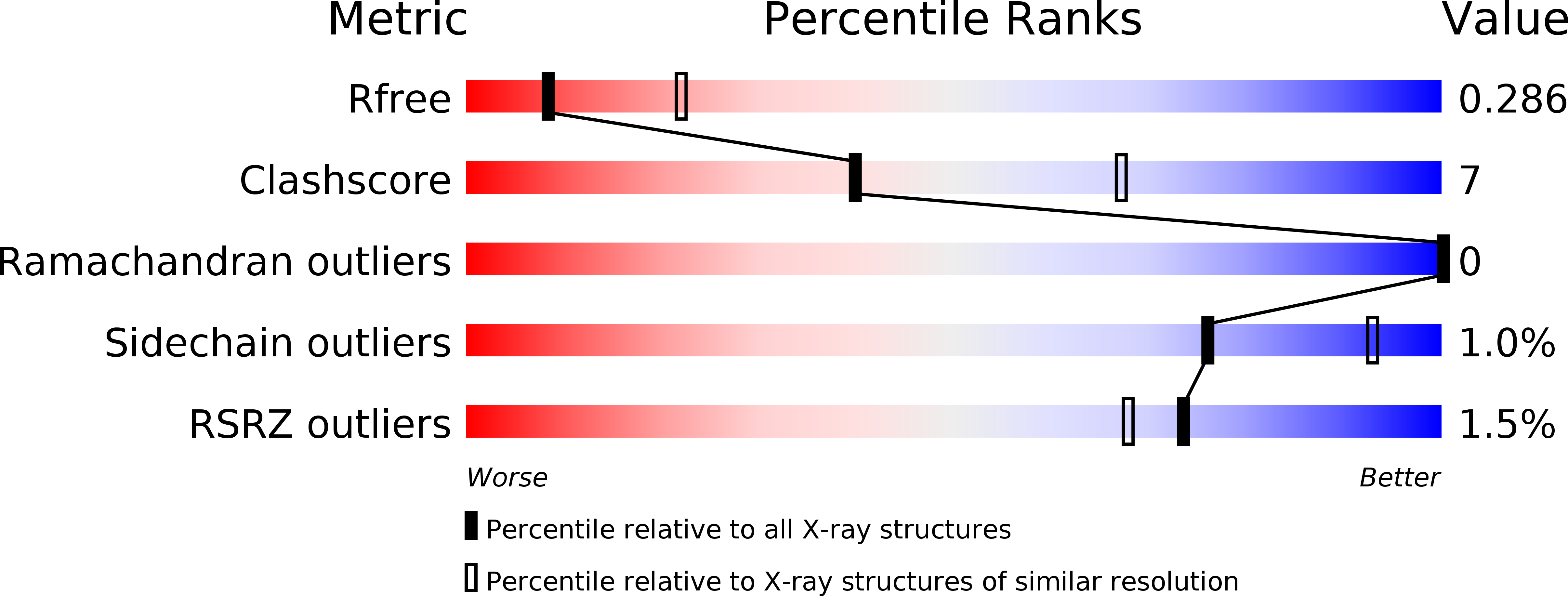
Deposition Date
2017-10-24
Release Date
2017-12-27
Last Version Date
2024-12-25
Method Details:
Experimental Method:
Resolution:
2.80 Å
R-Value Free:
0.28
R-Value Work:
0.23
R-Value Observed:
0.23
Space Group:
P 21 21 2


